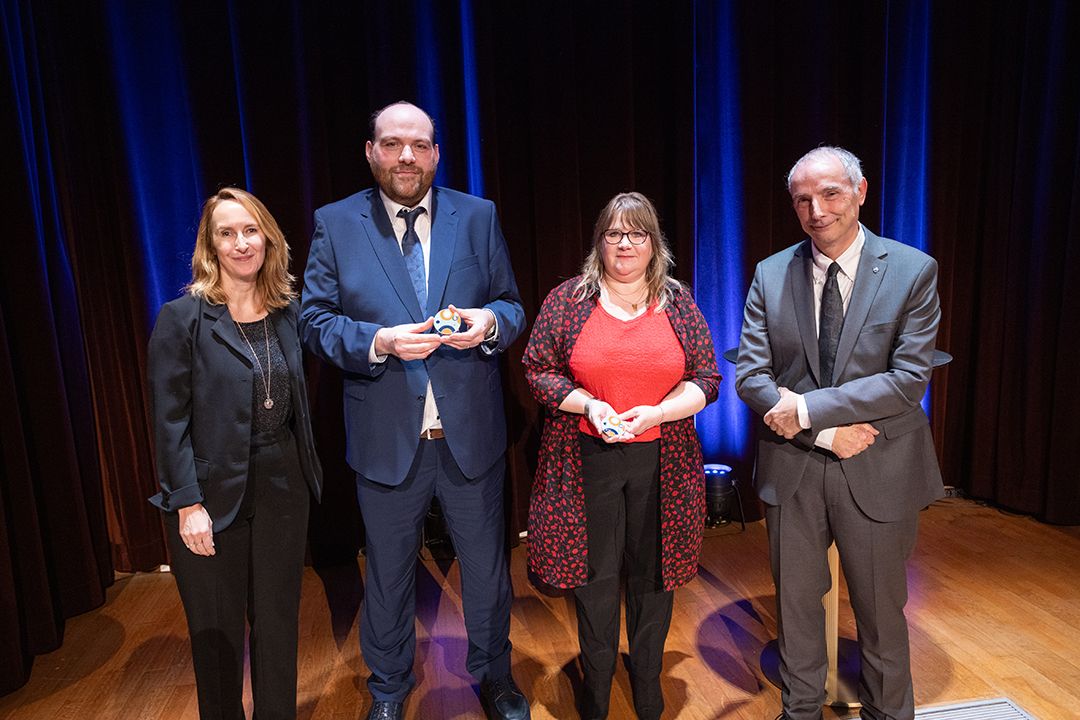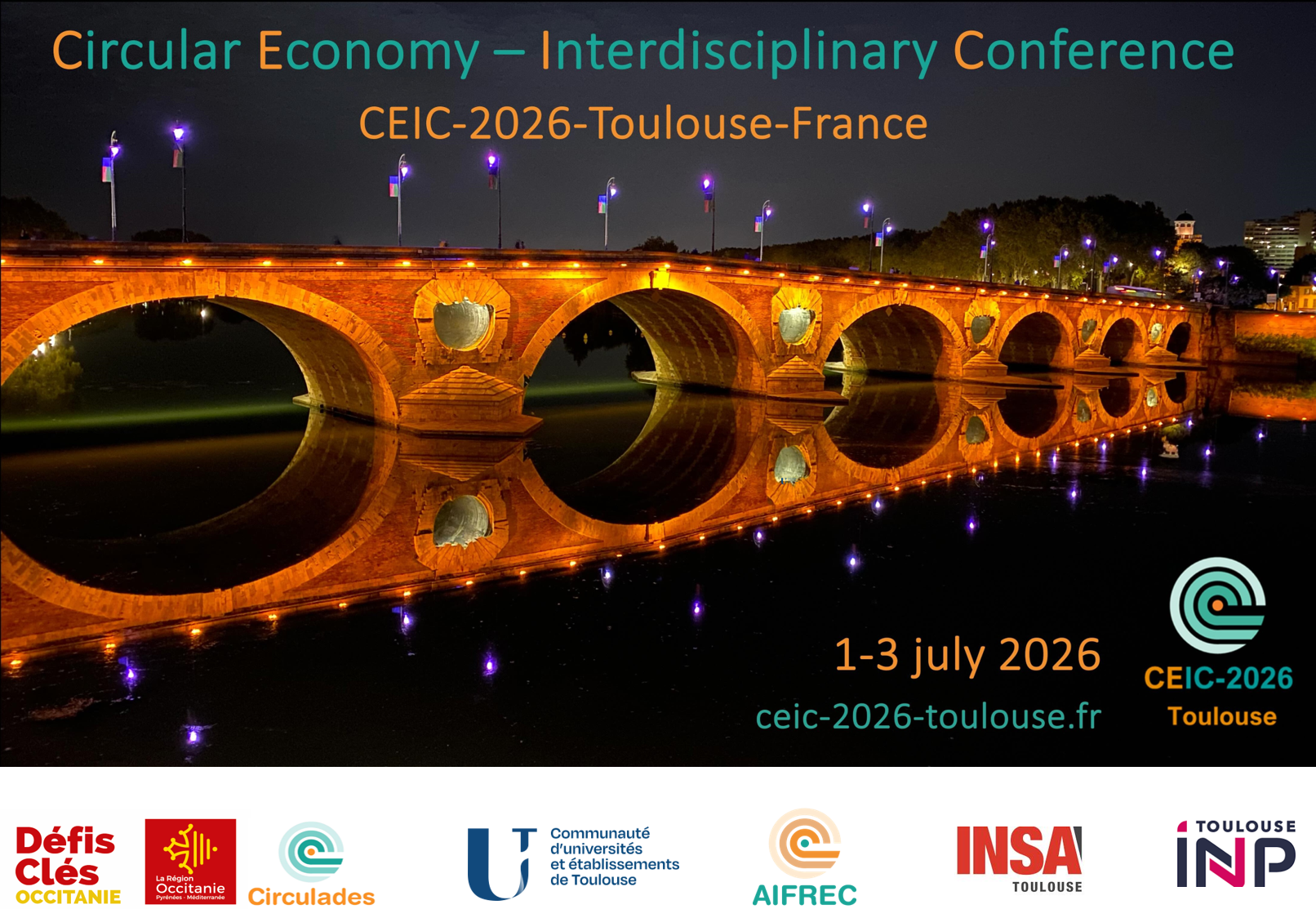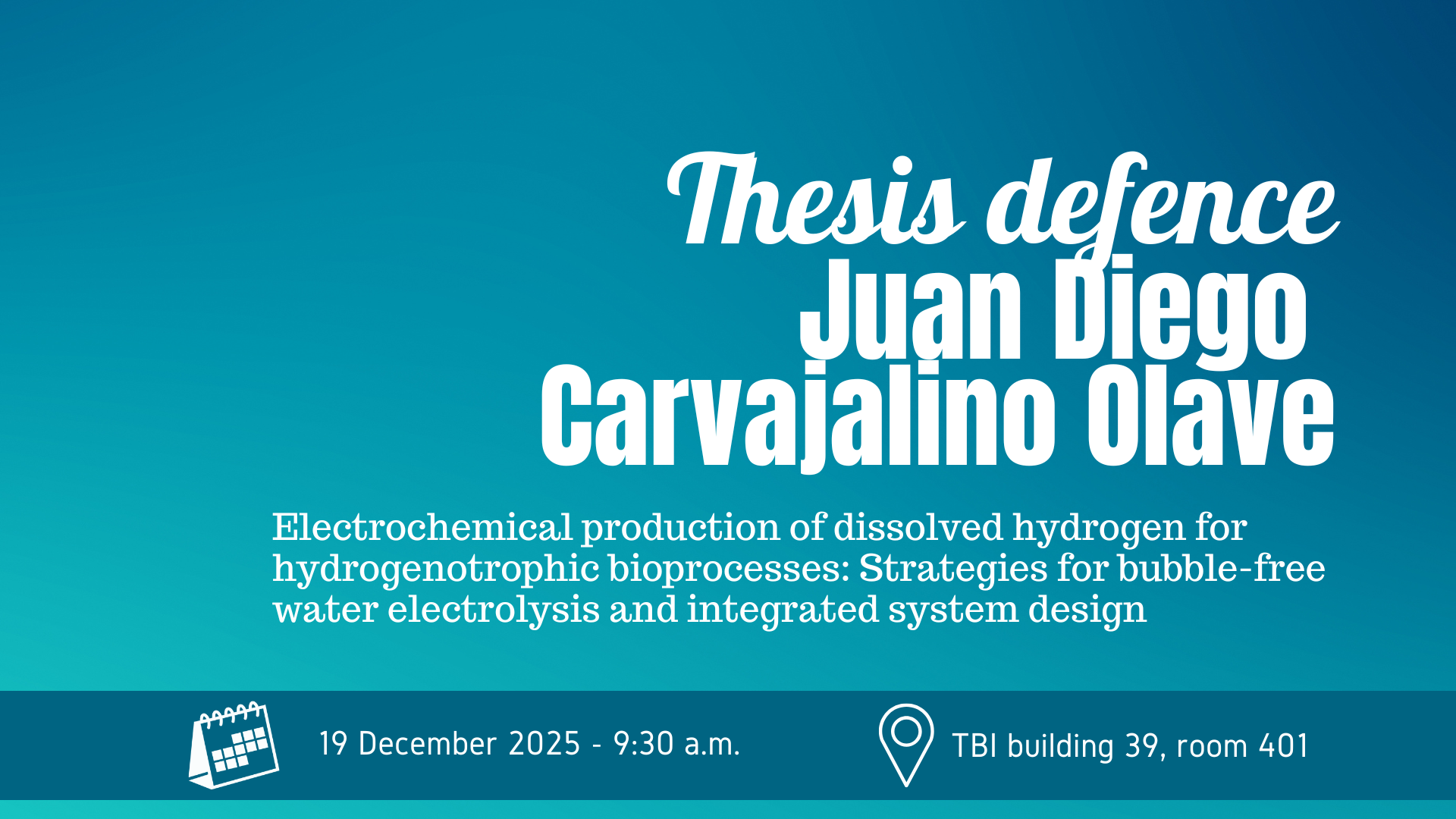PhD defense, which will take place on Tuesday, November 25 at 9:30 a.m., in Room 401 – TBI.
The title of my thesis is: "“Prospective study of solar metallurgy based on decarbonized reducing agents and its environmental performance.”
Supervision:
Ligia BARNA
Aras AHMADI
Jury :
Fabrice PATISSON
Sylvain RODAT
Stéphane NEGNY
Isnaldi Rodrigues DE SOUZA FILHO
Abstract
To support the transition to low-carbon steel production, direct reduction with hydrogen (H₂-DRI) has emerged as a promising alternative to conventional fossil fuel-based ironmaking technologies. This thesis presents a modeling and evaluation framework for assessing the technical feasibility and energy and environmental performance of using pure hydrogen for iron ore reduction in shaft reactors. The research combines detailed Multiphysics modeling at the reactor scale with process flow simulation and life cycle assessment (LCA), providing a comprehensive overview of the H₂-DRI pathway with different low-carbon heating strategies. A 1D spatial transient model is developed to simulate the reduction of multilayer iron ore pellets in a countercurrent moving bed reactor operating with pure hydrogen. The pellet submodel considers gas-solid diffusion, transfer, and chemical reaction kinetics simultaneously in the different solid layers of the pellets. In addition, to reflect the complex behavior of iron oxide reduction at different temperatures, three distinct kinetic regimes are introduced: high-temperature kinetics (T > 570 °C), intermediate regime (450 °C < T < 570 °C), and low-temperature kinetics (T < 450 °C), allowing for a broader study of the slowdown in reaction rate observed at lower temperatures due to changes in stoichiometry and water vapor inhibition. The reactor model includes transient convective-diffusive transport and energy balances under adiabatic conditions. Parametric studies demonstrate the sensitivity of the process to key operating variables, such as gas temperature, pellet size, porosity, and gas flow rate. The results show that complete reduction can be achieved at high temperatures (e.g., 900°C) in more compact reactor configurations, while significant kinetic limitations occur below 600°C, even with small pellets. In order to extend the analysis to the process level, a complete hydrogen-based DRI process is simulated, including gas and solid heating, hydrogen recycling, and hydrogen production by electrolysis. Two low-carbon heating strategies are considered: (i) electric gas preheating and (ii) direct solar heating of the reactor. These configurations are compared to the MIDREX reference process, which uses natural gas as a reducing agent. An integrated life cycle assessment is performed to quantify the environmental performance of each scenario. The results show that H₂-DRI scenarios powered by the current French electricity mix can reduce the carbon footprint by 53% (electric heating) and 57% (solar heating), with additional reductions of up to 82% (-0.79 kgCO2-eq/kgDRI)CO2-eq/kgDRI) under low-carbon electricity conditions. However, the energy and environmental performance of the process remains highly dependent on hydrogen production, which dominates overall electricity consumption.






